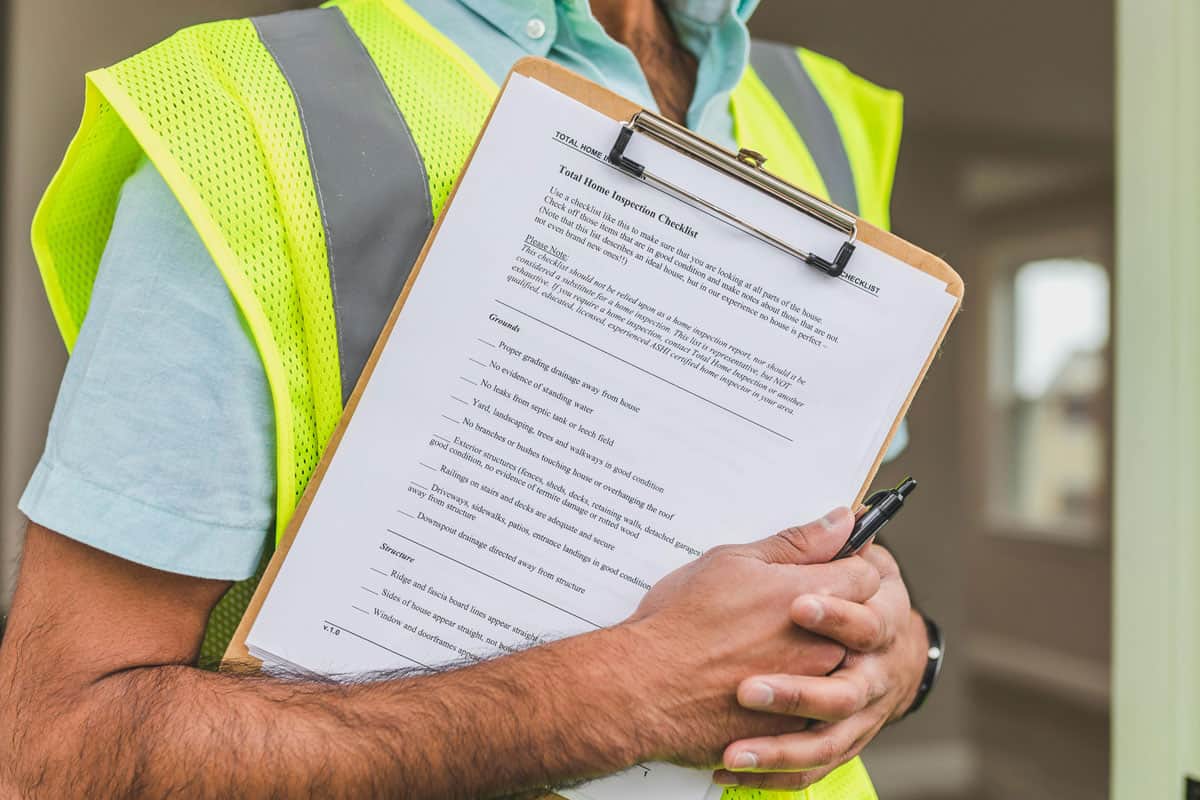News & insights

What Repairs Fall Under Body Corporate Responsibility? A Guide to Property Maintenance
“Over my time as General Manager at Eagle Body Corporate, I’ve found that figuring out who’s responsible for various property repairs can feel a bit like solving a tricky puzzle. But, once you’ve got it cracked, it really helps keep things ticking along smoothly in our communities. We whipped up this guide to clear up any confusion, so body corporates and property owners can all be on the same page.” – CJ (Canecia Sims), General Manager, Eagle Body Corporate
 Breaking Down the Role of a Body Corporate Manager
Breaking Down the Role of a Body Corporate Manager
A body corporate (also known as a strata corporation) is an organisational entity formed by the owners of a property complex, which may be residential, commercial, or mixed-use. This entity is legally responsible for managing and maintaining the property’s common areas, including gardens, swimming pools, elevators, lobbies, and other shared facilities. The body corporate ensures these areas are well-maintained, secure, and meet specific standards, while also managing the collective interests of the property owners.
Understanding the role and responsibilities of a body corporate is essential for anyone living in or managing a property with shared spaces. Knowing who is responsible for maintenance can prevent conflicts and ensure minimal disruption during repair works. This understanding not only enhances the living experience but also preserves the value of the property for all owners.
Defining Body Corporate’s Duty
A body corporate holds the responsibility for the collective administration and maintenance of the property’s shared facilities. At the core of this responsibility is the concept of “common property”, which covers all the parts of a complex that are shared by residents and owners. Common properties typically include the building’s roof, foundations, main plumbing systems, and much more.
The role of the body corporate involves managing these shared spaces, which includes routine maintenance, emergency repairs, and long-term planning. These duties ensure that living areas remain safe, functional, and welcoming to enhance the property’s value and the living experience of its residents.
What Repairs Fall Under Body Corporate Maintenance?
The most common question that arises among property owners is who is responsible for what. The body corporate is generally responsible for managing repairs linked to the structural integrity of the building, shared utilities, and common recreational facilities. This includes fixing leaks, repairing communal electrical systems, and maintaining pool facilities. Understanding these responsibilities is crucial to preventing disputes and ensuring that all necessary repairs are addressed promptly and effectively.
Body Corporate Maintenance Services
Understanding the scope of repairs and maintenance for which the body corporate is responsible is crucial for all property owners within a strata scheme. The body corporate typically manages issues that affect the structural integrity of the building and the functionality of common areas, including the utility infrastructure. Here’s a detailed look at some of these responsibilities:
Structural Repairs
The body corporate is responsible for maintaining the building’s structural integrity, which includes the repair of roofs, foundations, and external walls. For instance, if cracks appear in the exterior brickwork or there is damage following a storm, the body corporate must coordinate and finance the necessary repairs.
Common Utilities
All repairs and maintenance related to shared utilities, such as water pipes and electrical wiring in common areas fall under the body corporate’s responsibilities. If residents experience issues like water leaks from a main pipe in the building’s underground parking, the body corporate must address this.
Elevators and Fire Safety Equipment
Ensuring the safety and functionality of building safety systems is a critical duty of the body corporate. This responsibility includes regularly inspecting and maintaining elevators, fire alarms, and sprinkler systems, as well as scheduling routine safety checks to promptly address any faults that arise.
Landscaping and Public Areas
Maintenance of gardens, swimming pools, gyms, and other shared facilities is also a body corporate responsibility. This includes regular gardening services, pool cleaning, and equipment repairs and replacements.
Accessibility Features
Maintaining accessibility features such as ramps and handrails in common areas is essential to ensure that all residents, including those with disabilities, can navigate the property safely and comfortably.
Individual Property Owner’s Responsibilities
In a strata scheme, individual property owners have specific responsibilities distinct from those managed by the body corporate. These duties primarily concern the parts of their property designated as ‘lot’ property, which typically includes the interior space of their unit bounded by the external walls.
‘Lot’ Property Explained
‘Lot’ generally refers to the individual apartment or unit within a complex. This includes all internal components such as walls, floors, fixtures, and fittings that are contained within the space. The owner is responsible for the maintenance and repair of these elements. For instance, if an appliance breaks down or an internal wall needs repainting, it is up to the individual owner to handle these issues.
Examples of Owner Responsibilities
Interior Maintenance
Owners are responsible for all internal repairs and renovations, including replacing carpets, repainting walls, and fixing internal doors.
Appliance and Fixtures
Any repairs or replacements of fixtures and appliances like dishwashers, light fixtures, and water heaters fall under the owner’s responsibility.
Windows and Doors
If the windows and doors only serve the lot and do not affect the building’s facade, their maintenance is usually the owner’s responsibility.
Plumbing and Electrical
Issues arising from the pipes and wiring exclusive to their lot must be addressed by the owner. For example, if a leak occurs under the kitchen sink or a circuit breaker frequently trips, it is up to the owner to rectify these problems.
When Lines Blur: Shared Areas of Responsibility
In a strata scheme, certain areas of maintenance and repair responsibilities can become ambiguous and often lead to confusion or disputes between individual property owners and the body corporate.
Examples of Shared Responsibilities
Boundary Fixtures
Items such as windows that serve as the boundary between individual spaces and the external building can lead to disputes. For instance, the body corporate might be responsible for maintaining the structure and exterior of a window, while the glass itself could be the owner’s responsibility if it was personally damaged.
Balconies and Patios
While balconies may be considered part of an individual’s lot, structural elements that affect the overall building integrity or external appearance might fall under the body corporate’s jurisdiction. For example, the body corporate would handle structural repairs or waterproofing but the owner would be responsible for tiling or balcony railings.
Air Conditioners
If an air conditioner services a single apartment but is located on the roof or another common property area, its maintenance might be shared. The body corporate could be responsible for ensuring the apartment does not cause roof leaks, while the owner would handle repairs specifically related to the apartment’s operation.
 Navigating Disputes and Misunderstandings
Navigating Disputes and Misunderstandings
Disputes or misunderstandings over repair responsibilities in a strata scheme can be challenging but they are often resolvable through proactive measures. First and foremost, open communication is essential. Property owners should engage in discussions with the body corporate and other residents to clarify responsibilities before conflicts escalate.
Keeping detailed records of maintenance requests, repairs, and corresponding communications can provide clarity and serve as evidence if disputes arise. Property owners and body corporate should ensure all agreements and responsibilities are well-documented and easily accessible.
Furthermore, body corporate managers can be invaluable in mediating these issues. With a thorough understanding of the strata laws and the specific by-laws of the property, the manager can provide informed guidance, help interpret responsibilities, and facilitate fair resolutions. Involving the body corporate manager early in the process can help prevent minor understandings from becoming major disputes, ensuring the maintenance and repair processes run smoothly for everyone involved.
Understanding the division of responsibilities is crucial for the smooth operation of property maintenance and repairs in a strata scheme. Always encourage open communication and regular consultation with your body corporate to navigate these responsibilities effectively and maintain harmony within the community.
So, What Now?
Understanding the division of responsibilities for maintenance and repairs within a strata scheme is essential for maintaining a harmonious living environment and preserving the value of your property. Knowing who is responsible for what helps prevent conflicts and ensures that your property remains in excellent condition.
Contact Eagle Body Corporate Today
Navigating the responsibilities of property maintenance and repairs in a strata scheme can be complex and daunting. If you find yourself overwhelmed or uncertain about your specific responsibilities, Eagle Body Corporate is here to help. Our team specialises in strata management, offering tailored solutions that ensure your property is well-maintained and your residents are satisfied. Don’t let confusion lead to costly mistakes.
Get in touch with us today for clear, professional advice, and support. We’ll help you manage your property more effectively and with greater peace of mind.
Back to News